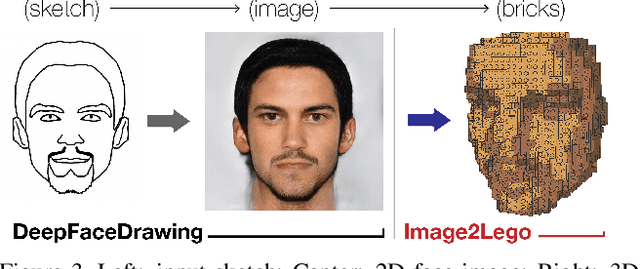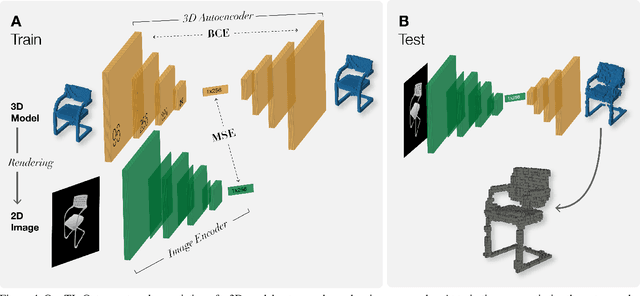Yumeng Cao
Pedestrian Wind Factor Estimation in Complex Urban Environments
Oct 06, 2021



Abstract:Urban planners and policy makers face the challenge of creating livable and enjoyable cities for larger populations in much denser urban conditions. While the urban microclimate holds a key role in defining the quality of urban spaces today and in the future, the integration of wind microclimate assessment in early urban design and planning processes remains a challenge due to the complexity and high computational expense of computational fluid dynamics (CFD) simulations. This work develops a data-driven workflow for real-time pedestrian wind comfort estimation in complex urban environments which may enable designers, policy makers and city residents to make informed decisions about mobility, health, and energy choices. We use a conditional generative adversarial network (cGAN) architecture to reduce the computational computation while maintaining high confidence levels and interpretability, adequate representation of urban complexity, and suitability for pedestrian comfort estimation. We demonstrate high quality wind field approximations while reducing computation time from days to seconds.
* 16 pages, 5 figures
Image2Lego: Customized LEGO Set Generation from Images
Aug 19, 2021



Abstract:Although LEGO sets have entertained generations of children and adults, the challenge of designing customized builds matching the complexity of real-world or imagined scenes remains too great for the average enthusiast. In order to make this feat possible, we implement a system that generates a LEGO brick model from 2D images. We design a novel solution to this problem that uses an octree-structured autoencoder trained on 3D voxelized models to obtain a feasible latent representation for model reconstruction, and a separate network trained to predict this latent representation from 2D images. LEGO models are obtained by algorithmic conversion of the 3D voxelized model to bricks. We demonstrate first-of-its-kind conversion of photographs to 3D LEGO models. An octree architecture enables the flexibility to produce multiple resolutions to best fit a user's creative vision or design needs. In order to demonstrate the broad applicability of our system, we generate step-by-step building instructions and animations for LEGO models of objects and human faces. Finally, we test these automatically generated LEGO sets by constructing physical builds using real LEGO bricks.
 Add to Chrome
Add to Chrome Add to Firefox
Add to Firefox Add to Edge
Add to Edge